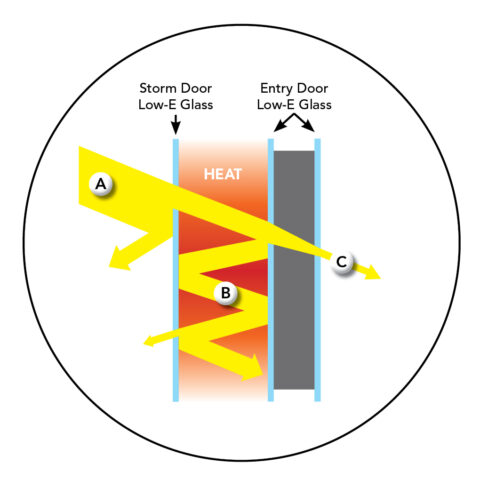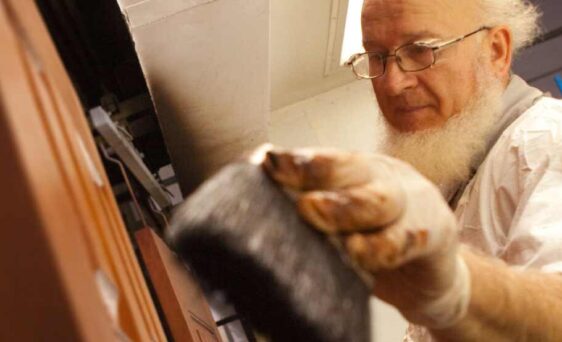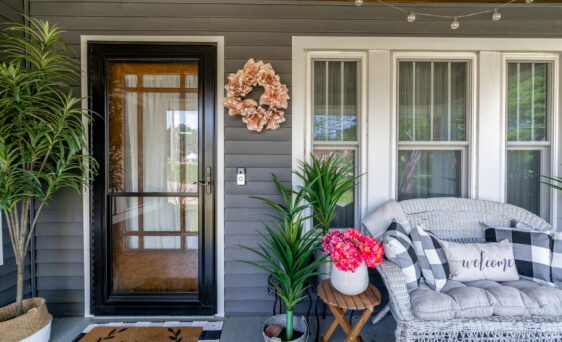Is a Low-E Storm Door a Good Investment?

By Brandon Morris
Product Manager – Entry & Storm Doors

Low-E Storm Door Advantages and Disadvantages to Consider
Storm doors offer a number of advantages for homes in certain environments:
- They provide protection for your entry door from rain, snow and ice
- They can add a layer of insulation for front doors that aren’t terribly energy efficient
- They provide outdoor visibility for homes with solid front doors
Storm doors are offered with a wide range of options, including Low-E door (low emissivity) glass, which can increase the energy efficiency of your entryway. But are Low-E storm doors worth the investment?

Advantages of Low-E Door Glass
Low-E storm doors use a thin, invisible coating that reduces the infrared and ultraviolet light coming through the door glass. In the wintertime, Low-E glass lets radiant heat pass through but doesn’t allow it to come back out, which means it can help retain heat within your home. In the summertime, it helps keep some of the heat out. Low-E glass also features UV protection that can prevent fading of items inside your home.

Disadvantages of Low-E Storm Doors
When you have a Low-E storm door on top of an entry door, it allows heat through the glass, but it doesn’t let that heat go back out. This creates an extreme pocket of heat between the storm door and the entry door, which is known as a heat sink. This trapped hot air can create a variety of issues such as warping the glass trim on the entry door, or even warping and bowing the entire entry door itself. If your Low-E glass storm door is exposed to high heat or direct sunlight, it’s important to vent it to release the trapped hot air.
If you don’t have proper ventilation of the storm door, this can become especially problematic in the wintertime. During the day, the sun hits the storm door and creates heat. Then, when the sun sets and colder temperatures prevail, the condensation that collects on the surface where humid and cool air meet can freeze, causing the glass to become a sheet of ice.
Protection from the Elements
Storm doors should be thought of primarily as a protective barrier that shields your more expensive entry door from the elements. They do that very well, while adding to the functionality and beauty of your entryway.
ProVia's Recommendation
We encourage homeowners to consider Low-E glass for your entry doors, rather than for your storm doors. ProVia offers a number of glass options that make entry doors very energy efficient. Front door areas with high sun exposure are not ideally suited for Low-E glass storm doors.
An alternative would be to use a gray or bronze tinted glass on your storm door. Adding a gray or bronze tint to the glass will reduce UV infiltration, help keep some of the heat out, and let heat escape, avoiding the potential issues caused by Low-E glass on storm doors.
ProVia offers five lines of storm doors, with various options that improve the functionality of your entryway. Learn more about our storm doors to see which one is best for your home:
Visit our Design Center to get ideas and inspiration for your storm door.
Last Updated: March 8, 2022

By Brandon Morris
Product Manager – Entry & Storm Doors
Stay up to date with our latest blog articles


